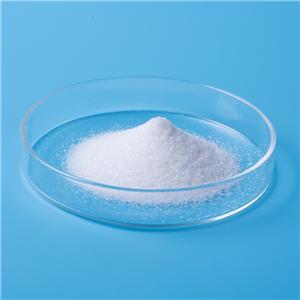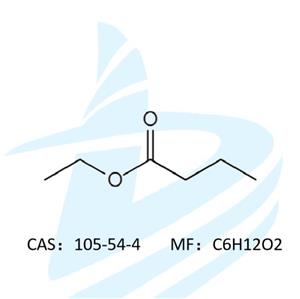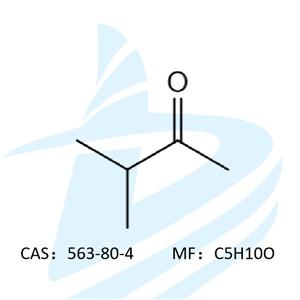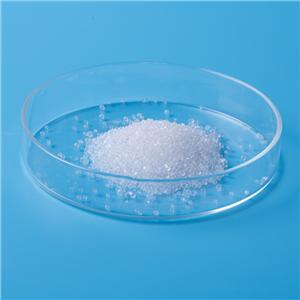Application of butyric acid in livestock and poultry production
Butyric acid, also known as caseic acid, is a colorless to a light yellow oily liquid that is distributed in the gastrointestinal tract, milk, sweat, and feces of most mammals in the form of salt or ester and is the main energy substance in intestinal epithelial cells. it has the functions of promoting gastrointestinal development, regulating intestinal flora balance, anti-diarrhea, anti-oxidation, and anti-inflammatory. it is an important factor to maintain intestinal health and resist various diseases. it is widely used in animal production. The gut is the foundation of animal health. Butyric acid can improve intestinal health, release pressure, relieve inflammation, and play an important role in human diseases and animal production. butyric acid is volatile, has a special odor, is not conducive to feed processing, and free butyric acid is absorbed in the foregut and can not reach the hindgut to play a role, so butyrate, glycerol butyrate, and other butyrate derivatives and various coating techniques are widely used in feed processing to ensure that butyric acid enters the gut to play a role. 1 Application in Poultry Sodium butyrate can not only control salmonella infection in broilers, but also reduce the body weight loss caused by salmonella enteritidis, Escherichia coli, LPS, and corticosterone, and reduce the mortality of broilers with necrotizing enteritis. Besides, sodium butyrate can improve the laying rate and quality of laying hens. Some research indicated adding 0.35%,0.7%, and 1.05% sodium butyrate to meat duck feed, respectively. it was found that sodium butyrate could significantly increase the conversion rate of meat duck feed, and its effect was positively correlated with the additional amount. at the same time, it was found that the 0.7% treatment group could effectively reduce pollutants in meat duck feces, which may be a future research direction. Compared with sodium butyrate, glycerol butyrate can not only improve feed conversion and slaughter rate but also reduce the relative weight of abdominal fat in broilers. This may be related to the effect of glycerol butyrate regulating gene expression on energy consumption and fat metabolism. recent studies have found that glycerol butyrate can change the composition of intestinal microbes, significantly increase the abundance and diversity of bifidobacterium and the concentration of serum choline metabolites, further confirming the molecular mechanism of glycerol butyrate affecting carcass quality in broilers. In conclusion, the addition of butyric acid and its derivatives in poultry diet can improve poultry resistance, alleviate the health status of diseased poultry, and improve poultry production performance. 2 Application in Swine Gastrointestinal dysplasia in newborn piglets often leads to postweaning diarrhea and growth retardation in the face of dietary transition. Sodium butyrate can not only increase the mucosal thickness and villi length of ileum and jejunum but also increase the gastric mucosal thickness and the number of parietal cells in weaning piglets. Butyrate can improve the weaning weight and survival rate of suckling piglets, feed intake, and daily weight of weaned piglets. Compared with sodium butyrate, triglyceride can not only improve the growth performance of piglets but also alleviate the adverse effects of internal and external factors. Dong Li and other experiments showed that triglyceride could improve the development of the small intestine and kidney of piglets with intrauterine growth restriction and increase the daily weight gain of piglets. Zhang Junmei and other studies found that glycerol tributyrate can increase the daily gain by 8.8% by relieving acetic acid-induced intestinal injury. In addition, some studies have shown that butyric acid can reduce the smell of boar, improve the sensory quality of pork, and promote the growth of neovascular endothelial cells, which is of great significance to any normal or pathological conditions. 3 Application in Ruminant The rumen is the most important digestive organ of ruminants. Promoting rumen development can improve animal production performance. The early studies showed that rumen perfusion of sodium butyrate could promote the development of rumen epithelium, Guilloteau, and so on Feeding 12 days old calves with 0.3% sodium butyrate instead of xanthomycin, the gastrointestinal development of calves was obviously improved, and the average daily gain and feed conversion were significantly improved. Another study found that adding sodium butyrate to the milk can stimulate the development of the small intestine, increase the feed intake after weaning, and improve the development and growth performance of the rumen. Moreover, Cavini and other studies have found that supplementation of butyric acid during lactation can significantly improve carcass weight and slaughter rate of lambs. Butyric acid can promote the development, digestion, and absorption of the animal gastrointestinal tract, regulate the balance of intestinal microbes, reduce the inflammatory response, oxidative stress, and diarrhea. The mechanism of action is related to regulating gene expression and activating signal pathway as energy material, but the specific process needs further study. butyric acid and its derivatives showed positive effects of antibacterial, anti-inflammatory, growth-promoting, and improving carcass quality in livestock and poultry, demonstrating its potential as a substitute for forage antibiotics.




